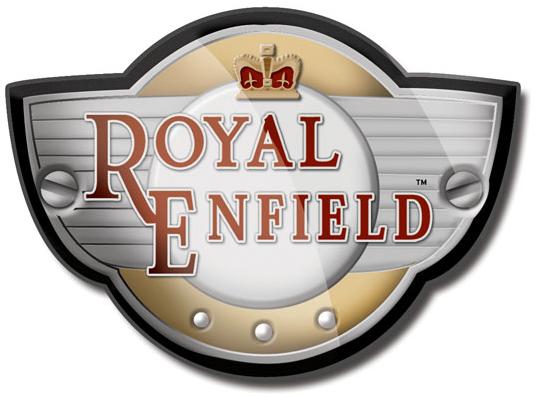Royal Enfield did not just manufacture motorcycles; indeed the English engineering company portrayed a strong lineage of necessity beyond boundaries of ordinary realms. Yes! Driven by sheer necessity and manufactured with the state-of-the-art engineering capabilities, Enfield was initially associated with military requirements. In its earlier days, the company built lawnmowers, bicycles and even rifle parts for some Arms Factory. The company’s motto of “Made like a Gun and goes like a Bullet” reflects Enfield’s strong involvement with the military needs.

Spanning over three centuries the company is in the path of making
its impact felt in even now in this new millennium. Lets sift through
the Enfield’s landmark achievements since it raced against cars and
fought the wars.
- 1898: Produced first motorized vehicle equipped with a 2.75hp De Dion-Bouton engine. Today, this motorized vehicle is known by the name Quad.
- 1901: launched a bicycle that’s fitted with a 150cc engine on the front wheel.
- 1902: improved vehicle with a 239cc Enfield engine mounted over the front wheel of the bicycle.
- 1907: produced an all-day automobile with company name as All days & onions. However, the vehicle manufactured was there in production until 1925, popularly referred as All day Automobiles with the word onion dropped.
- 1910: launched V-twins type, a Motosacoche 344 cc engine.
- 1915: during the World War I, Enfield needed to manufacture motorcycles that would be equipped to carry machine guns with stretcher-bearing capacity, on request of the British Armed Forces. It was during this time that the first small 2-stroke engine seen the light of the day.
- 1917: Royal Enfield supplied machines to Russians as well. The phase saw a team of women police force riding the 600cc Royal Enfield bikes.
- 1924-1930: the phase of WWI and the aftermath did not affect the growth of sales of Royal Enfield. The company upgraded its engine and added features such as girder front forks, saddle tanks and center spring to give the bulls of Royal Enfield a more contemporary look. Further upgrading led to the launch of 488cc machine with a four-speed gearbox in the year 1927 and soon by 30s, Royal Enfield had thirteen featured models and the birth of famous Bullet cylinder took place during this phase.
- 1939-1945: As the world again fought the bloodied wars, Royal Enfield rose to the occasion and supplied the countries with machines and motorcycles for military purposes. The model 125cc Flying Flea became quite popular, and was referred as Airborne, because of its capacity of being dropped by a parachute. War instruments were also manufactured by Royal Enfield during this period.
- 1950s: Enfield India began manufacturing machines with parts being brought from Britain.
- 1962: Enfield India began producing complete motorcycles indigenously while it retained all essential traditions from Enfield.
- 1965-Until Now: Shifting of production from Redditch England to Chennai plant in India.
The name Royal Enfield lived on with its full life, as Indian bought
the denomination rights. However, in the year 1986, Raja Narayan, a
civil servant from Britain created an Export arm for Royal Enfield
India, and as of now, it’s the most famous model Bullet that is being
marketed in Britain.
Thus, Royal Enfield claims to be the “world’s oldest motorcycle”
still striving to stride well in the global as well as Indian market
nevertheless been enticing Enfield enthusiasts but more importantly has
become a benchmark standard for other bike manufacturers and still
dedicating to the biking in the truest sense!
No comments:
Post a Comment